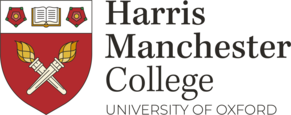A cabinet of Egyptian antiquities
A cabinet of Egyptian antiquities
We are delighted to publish the following material by Dr Linda Hulin, Fellow & Tutor for Archaeology and Anthropology, which accompanied an exhibition she curated on the Egyptian artefacts in the archive. Some of the background information on the collection comes from a report by Monty Ochocki, completed as part of his UG degree in Archaeology and Anthropology.
In May 1913 the Rev. Canon T.K. Cheyne donated a ‘cabinet of Egyptian antiquities’ to the college archive. We do not know if the objects were collected in one trip, or indeed all by Cheyne himself.
Between 1868 and 1908 Cheyne held a number of positions in Oxford teaching Old Testament criticism and the interpretation of biblical literature. He clearly maintained his Oxford friendships after that date. One of these was Joseph Estlin Carpenter, Principal of Manchester College in 1913 when Cheyne made his donation. Cheyne had in 1912 converted to the Baha’i faith and was visited by Abdu'l-Bahá (son of Baháʼu'lláh and acting head of the movement) during his visit to Manchester College. (A photograph of Abdul Baha may be seen in the Library.)
Cheyne was also friends with Henry Sayce, Professor of Assyriology in Oxford who, like him, was interested in ancient Egypt as a reference point for study of the biblical world. Sayce made repeated trips to the Egypt and even had his own boat on the Nile, the Ishtar. He spent many winters in Egypt copying inscriptions. Sayce is known to have been in Egypt in 1893 and likely sent the envelope below to Cheyne, although here is no clear connection evidence for this.
The envelope contained papyrus fragments (see image below) and was addressed to Canon Cheyne aboard the S.S. Sethi, a Cook’s steamer. Thomas Cook was a pioneer of the ‘package holiday’ and led his first party to Egypt and Palestine in 1869. His focus on biblical tourism was popular and by the end of the nineteenth century over 12,000 people a year were making journeys to Egypt and/or the Holy Land. Cook’s Tours owned its own luxury hotels in Luxor and a fleet of steam boats that transported tourists up and down the Nile. In the absence of a hotel deemed suitable for European tourists, the SS Sethi functioned as a floating hotel off the corniche. In 1894 the Hotel Aswan opened its doors and the SS Sethi resumed normal duties.
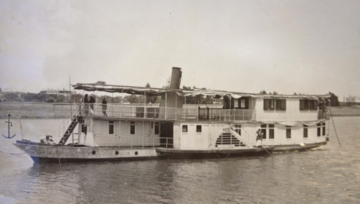
SS Sethi
Cheyne’s collection divides between archaeological and ‘ethnographic’, or tourist items. The objects displayed below were bought in local markets and from the grand bazaars in Cairo and other major cities. Most of the ‘ethnographic’ items in the display were undoubtedly for sale to tourists and similar objects are sold to visitors today. They represent a mixture of specialities (e.g. perfume) and exotica (jewellery and shoes) that also reference the Berber populations of the oases in the western desert.
The archaeological material donated by Cheyne ranges from surface finds picked up during site visits (mainly pot sherds and crocodile jaws) to bronze statuettes of Egyptian deities and necklaces that originated in tombs and temples and made their way to dealers by fair means or foul. Visitors to the antiquities dealers in the Khan el-Khalili in Cairo would have viewed the ancient and modern tourist items in the same exoticising light. Certainly the inclusion of both categories in a ‘cabinet of Egyptian antiquities’ reflects the merging of the two in the popular and scholarly mind.
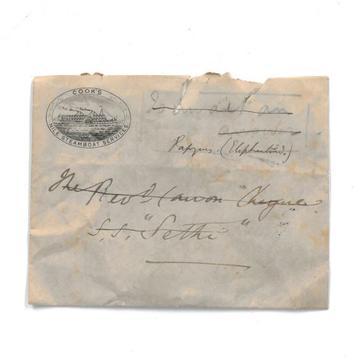
(Above) Envelope addressed to T.K. Cheyne aboard the SS Sethi and stamped ‘Cook’s Nile Steamer Services’
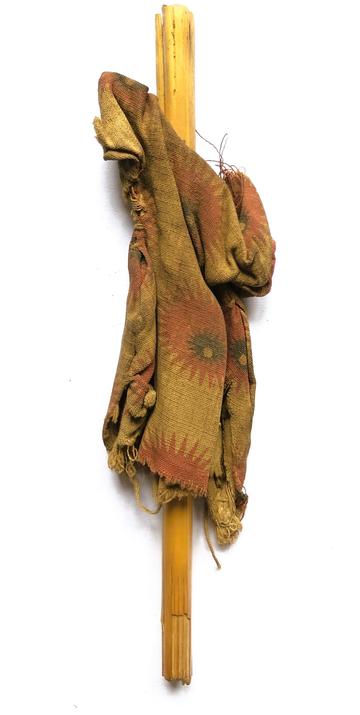
(Above) Wooden stick doll made of gereed (dried palm) and cloth.
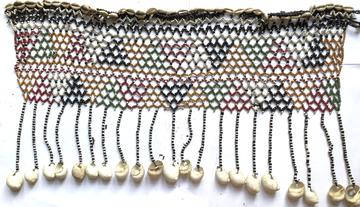
(Above) Leather and bead work. Cowries shells are popular in oasis craft and this item seems aimed at the tourist trade.
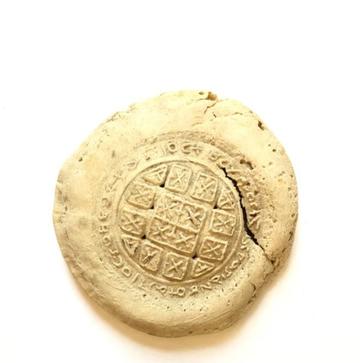
Dried Coptic holy loaf, or qurbaan. The stamp is peculiar to the monastery that made it; the 5 holes reference the crucifixion.
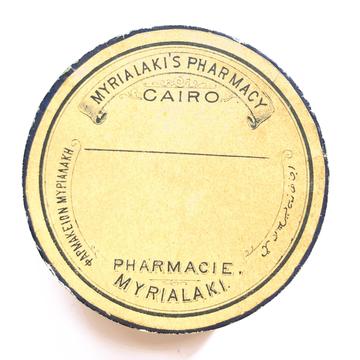
(Above) Round pill box, marked ‘Myriaki’s Pharmacy, Cairo. This establishment was located in Ezkebiah gardens, close to the Opera House, in what was the European quarter of the city.
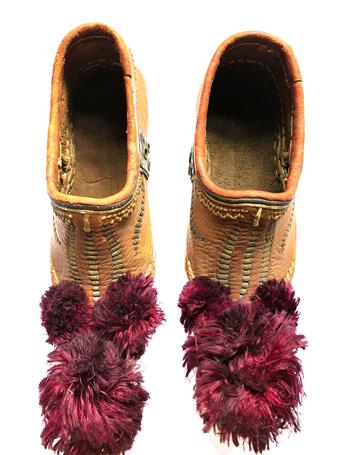
(Above) Pair of child’s leather shoes with purple tassels, in oasis/Berber style. They are clearly unworn and certainly another item aimed at tourists.
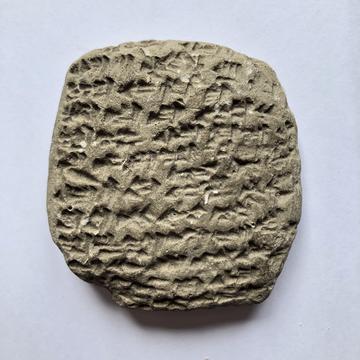
(Above) Plaster cast of cuneiform tablet found at Tell el-Hesy. The site had been excavated by the Egyptologist William Flinders Petrie in 1890 and Frederick Bliss 1891 and 1982. This tablet was widely reproduced and circulated between scholars not least because it contains a reference to a governor of the city of Lachish. This was an important biblical city in the kingdom of Judah, second only to Jerusalem. At the time of Cheyne’s visit to Egypt, Hesy was mistakenly thought to be the location of Lachish itself.
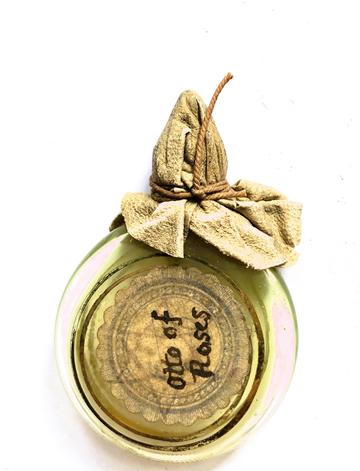
(Above) Perfume bottle labelled “Otto of Roses” and a painted Star of David on its reverse. Rose petals are gently heated in water and rose otto is the oil that collects on the surface of the water as a result. It remains a relatively expensive rose fragrance.
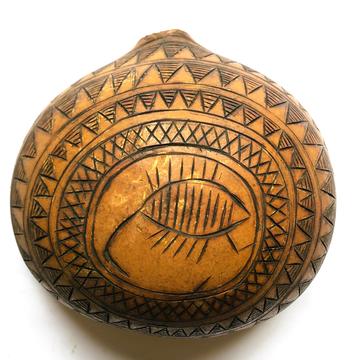
(Above) Gourd bowl decorated with a scorpion.
More information on the Collection
All of the 20+ boxes of Egyptian artefacts have been listed and photographed thanks to students, staff and volunteers over the years. A catalogue of the collection is available on request, as are a couple of additional reports and papers by students.
A small exhibition of the temple and tomb material from the collection is currently on display in College (October 2023). The display has been curated by one of our DPhil students, Leonie Hoff.
